Table of Contents
Are you finding it hard to manage your workload and prioritize tasks?
With today’s fast-paced workplace, managing numerous projects can be a real challenge.
To keep on top of everything and make the most of your limited time, it’s essential to schedule, delegate, and prioritize tasks appropriately.
Fortunately, there’s an automated solution – Employee Scheduling Software.
Utilizing the scheduling tool like Workstatus can assist you in:
- Keeping track of your tasks
- Monitoring deadlines
- Delegating resources
- Creating a shift planner
In this blog post, we will look at the benefits of prioritizing work, tips to prioritize work, and how scheduling software can support businesses in organizing work, rising productivity, and accomplishing better outcomes.
So, if you are aiming to improve your daily workflow and take your business to the next level, continue reading to understand how scheduling software can aid you in creating a more productive workplace.
Let’s dive in-
——————————————————————————-
Also read: 7 Key Benefits of Employee Scheduling in Businesses
——————————————————————————-
Employee Scheduling Software- Market Growth & Size
Scheduling software automates the process of creating and maintaining organized shift planners. Not only can it keep a record of vacations, sick leaves, and overtime hours, but it also provides alerts in case of any overlapping shifts.
Furthermore, the collected scheduling data can be retrieved to determine payment or to analyze any past trend.
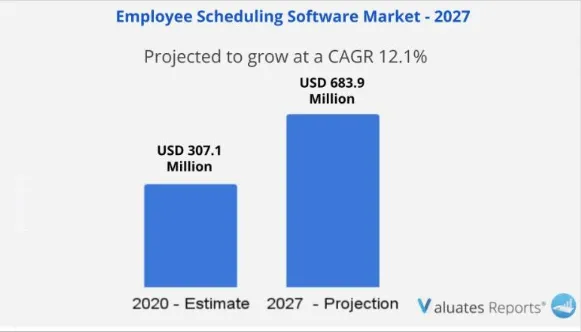
The global market of employee scheduling software is expected to reach US $ 683.9 million by 2027, from US $ 307.1 million in 2020, at a CAGR of 12.1% during 2021-2027.
Also, today employee scheduling software like Workstatus includes mobile applications to further increase your productivity and remove unproductive steps from your scheduling process.
Top 3 Benefits Of Prioritizing Your Work
1. Increases Productivity
The more you prioritize tasks and work, the more efficiently you’ll be able to accomplish them. Stress levels will likely go down as well, and it will not only be easier to move from one task to another, but those tasks will also be less overwhelming.

As a result, stress levels are often reduced or minimized after prioritizing what you need to get done each day. Prioritization can help make sure things like email don’t dominate your day completely. As a bonus, prioritization helps with time management too.
2. Boost Productivity
Scheduling software helps you increase your team’s overall productivity. You don’t need to waste on unimportant tasks that don’t get you closer to your goals.
It helps you avoid multitasking and enables you to take a few moments each day to decide what you should be working on at that very moment. Knowing what’s important is vital for being efficient and productive, ultimately making every minute count.
3. Better Workdays
Research indicates that prioritization is an important aspect of productivity. Staying focused on one project instead of switching between tasks will keep you working, but it can also help energize you throughout the day.
Rather than taking a break every time you think about something else, sticking to one task keeps your focus more consistent and helps minimize time wasted bouncing between different responsibilities.
Moreover, a primary benefit of prioritization is that it helps clear up mental clutter, making it easier to stay motivated and on task.
6 Useful Tips To Prioritize Your Work
1. Create A List Of Tasks
First, you need to create a list of your project’s tasks with the help of task management and make sure it’s comprehensive and prioritized. Cross out any tasks that aren’t applicable or don’t need to be done at all.

If you plan your tasks ahead of time, you can avoid wasting hours doing unimportant tasks.This way, when you sit down to do some urgent work, you don’t waste time getting distracted by other tasks on your list.
You should also add deadlines for each task so that it doesn’t slip through the cracks. If all of your tasks have due dates attached, then you’ll know when it makes sense to devote extra hours to an important project.
2. Identify Your True Priority, i.e., Urgent vs. Important.
You need to know what’s truly important before you can figure out what’s urgent. Not every task needs your immediate attention—many items on your list are only urgent but not important.
Try categorizing tasks into urgent and important, then give each priority level its due diligence.
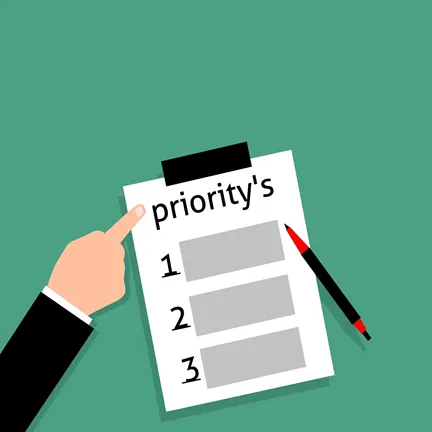
Being able to differentiate between priority levels will help you avoid stress and unnecessary anxiety by making sure you take care of business first—and then tackle low-priority tasks that will provide little benefit overall.
3. Estimate The Value of Your Tasks.
To stay on top of things, you need to know which tasks are most valuable. The truth is that some tasks are more important than others—and even urgent tasks may not be worth your time if they’re also low-priority.

Some tools like productivity apps can help you manage your priorities. With these tools, you can rank them in order of importance and track progress and deadlines for each task.
Finally, it’s up to you to determine what type of prioritization system works best for your business.
4. Order Tasks by Valuable Effort
Prioritizing tasks can be difficult, especially if you have many tasks competing for your attention. Of course, some are more important than others—and some are urgent.
Make sure you schedule your most valuable tasks first, then schedule less-urgent, less-important tasks after that—so that when time gets tight, or there’s an emergency on another project, you know what has to get done first.
5. Be Flexible and Adaptable.
In order to start each day as organized as possible, you must have a solid plan for tackling your highest-priority tasks first. Businesses spend thousands of dollars on time management books and seminars to stay productive every year.
But there’s no need to break your budget. With the app you can schedule events on your computer or mobile device easily, you can save time and money.
Not only will the employee scheduling app help you stay on track and avoid wasting time, but it will also save you money by helping you avoid costly mistakes like meetings gone awry or deadlines missed because of last-minute changes.
6. Know When to Cut
When prioritizing the tasks, you should start by calculating how long each task will take.
If you want things done quickly and don’t feel like doing something any longer than is necessary, you can use an average of 80% as a cut-off point.
If it takes less time than your expectation and adds no value to your business — outsource it.Monitoring software will automatically generate the do later lists for you based on how much time an item is estimated to take.
This way, you can easily see which projects are worth your time and focus solely on those that provide maximum results.
————————————————————————————–
Also read: How to Manage Remote Work Schedules? Complete Guide
————————————————————————————-
Prioritize Your Work With A Scheduling Software- Workstaus
Employee scheduling software like Workstatus can be an incredibly useful tool for businesses looking to streamline their operations and increase productivity.
Here’s how you can use Workstatus to prioritize your work:
-
Set Clear Priorities
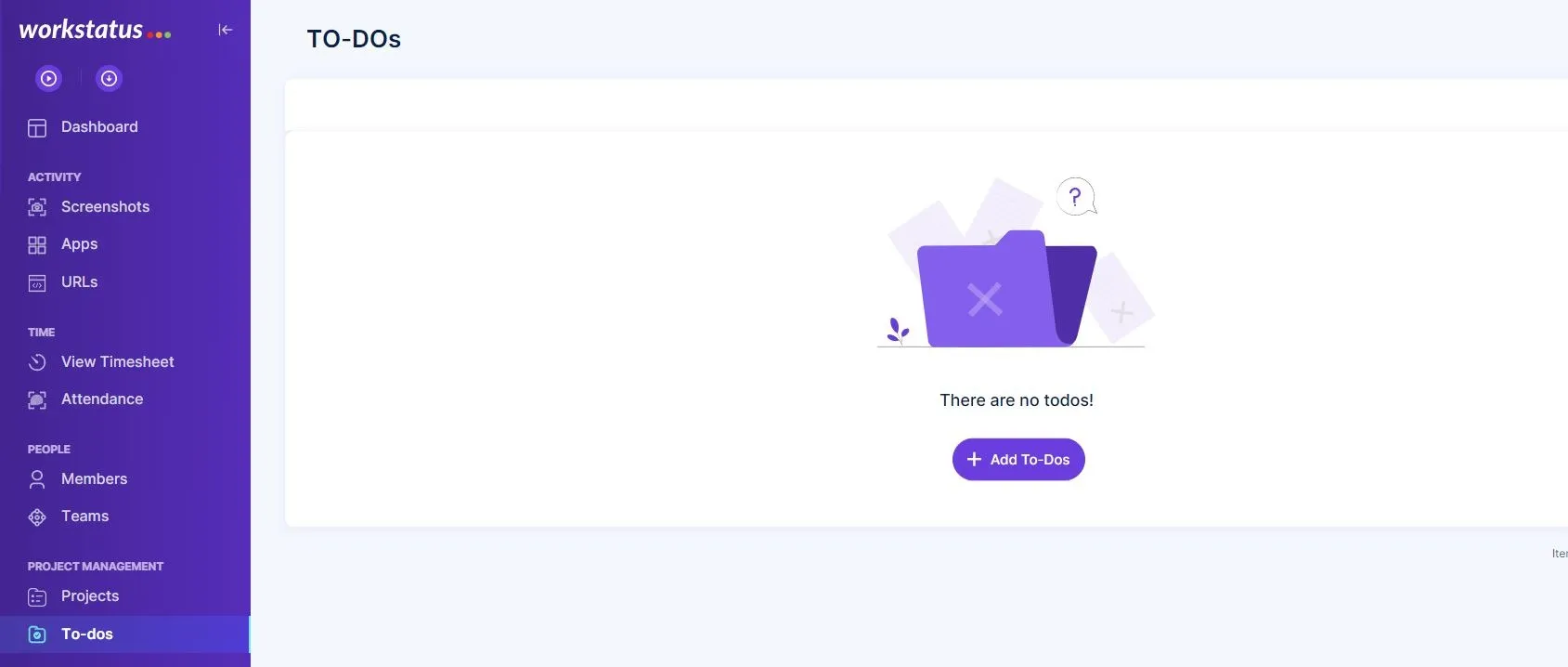
The first step to prioritizing your work is to identify the most important tasks. Use Workstatus to create a list of tasks, and then assign priorities to each task.
-
Estimate Time Required
Workstatus can help you estimate how much time you’ll need to complete each task. This will help you plan your day more effectively and ensure that you’re making progress on the most important tasks.
-
Allocate Resources
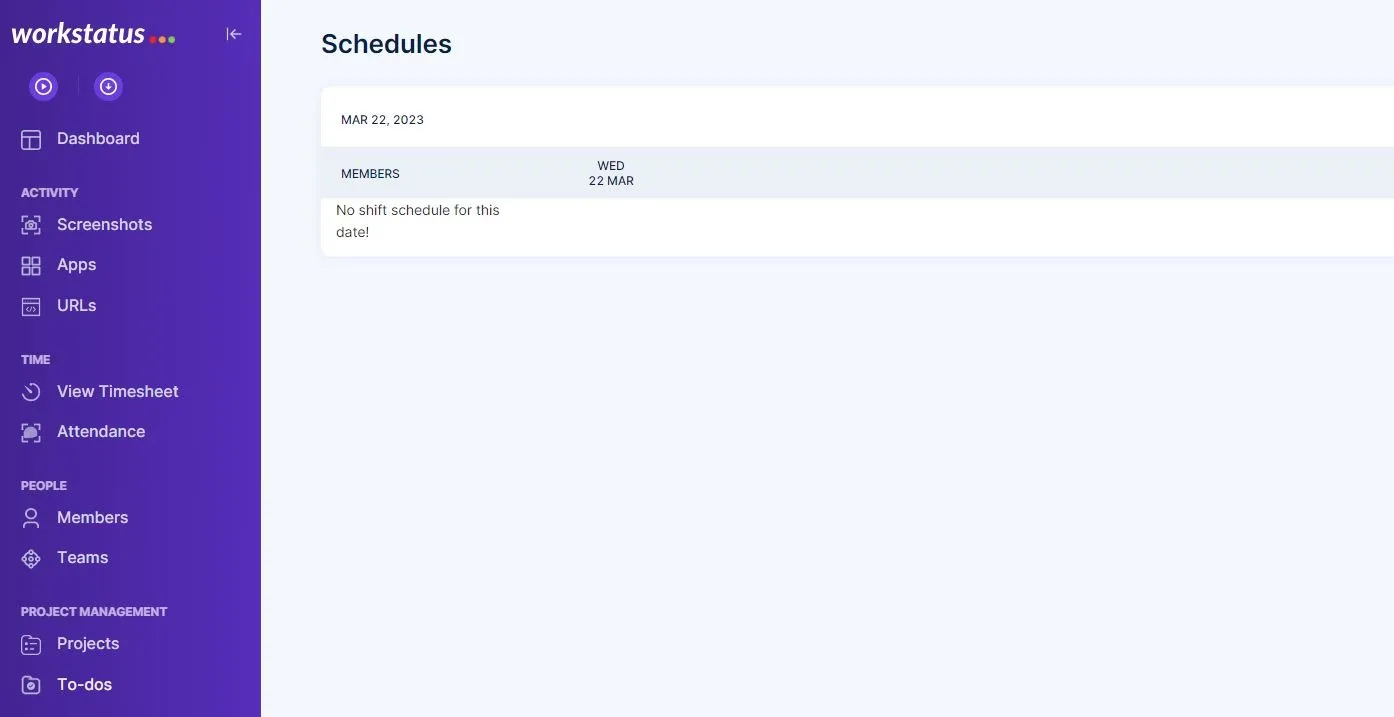
Once you’ve identified your priorities and estimated the time required for each task, use Workstatus to allocate the necessary resources, such as people and equipment, to each task.
-
Monitor Progress
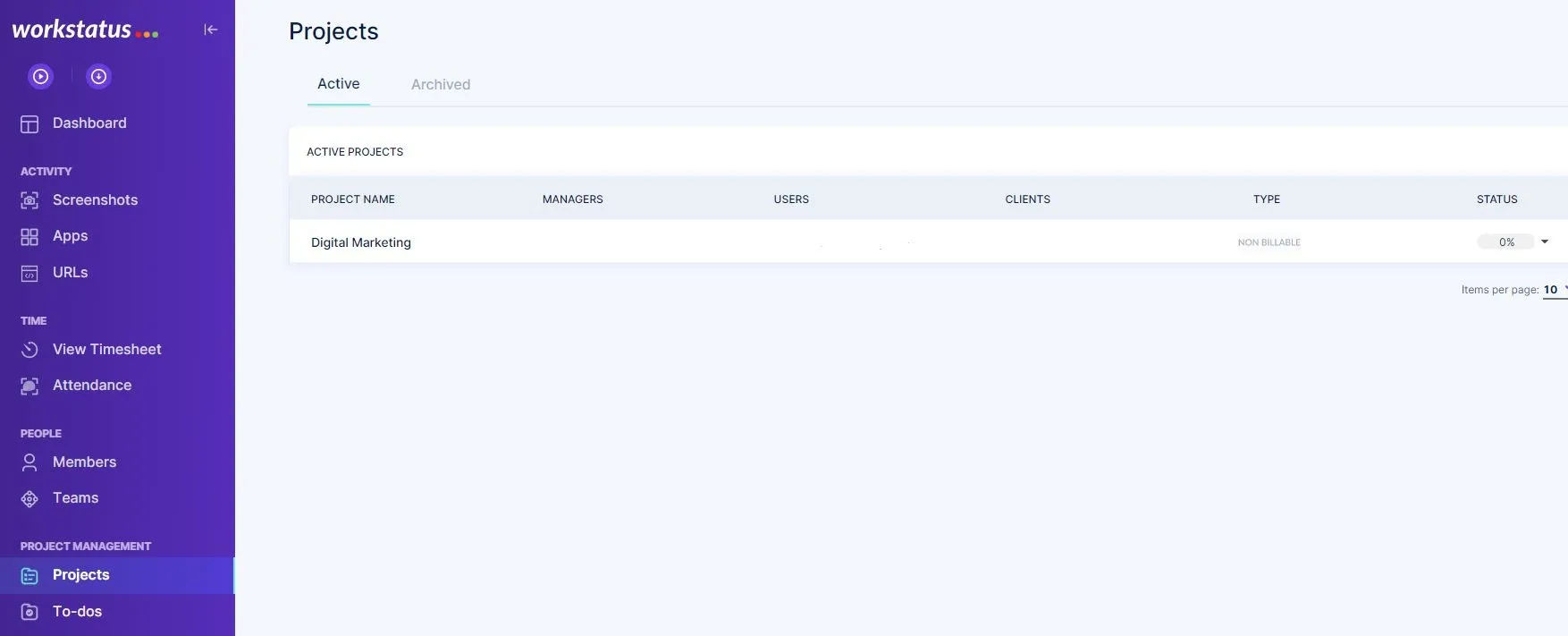
Use Workstatus’s time tracking feature to monitor your progress on each task. It will help you identify any issues early on and make adjustments as needed to ensure that you’re staying on track.
-
Adjust Priorities as Needed
As circumstances change, you may need to adjust your priorities.
Use Workstatus to quickly re-prioritize your tasks and make any necessary adjustments to your schedule.
-
Use Data to Optimize
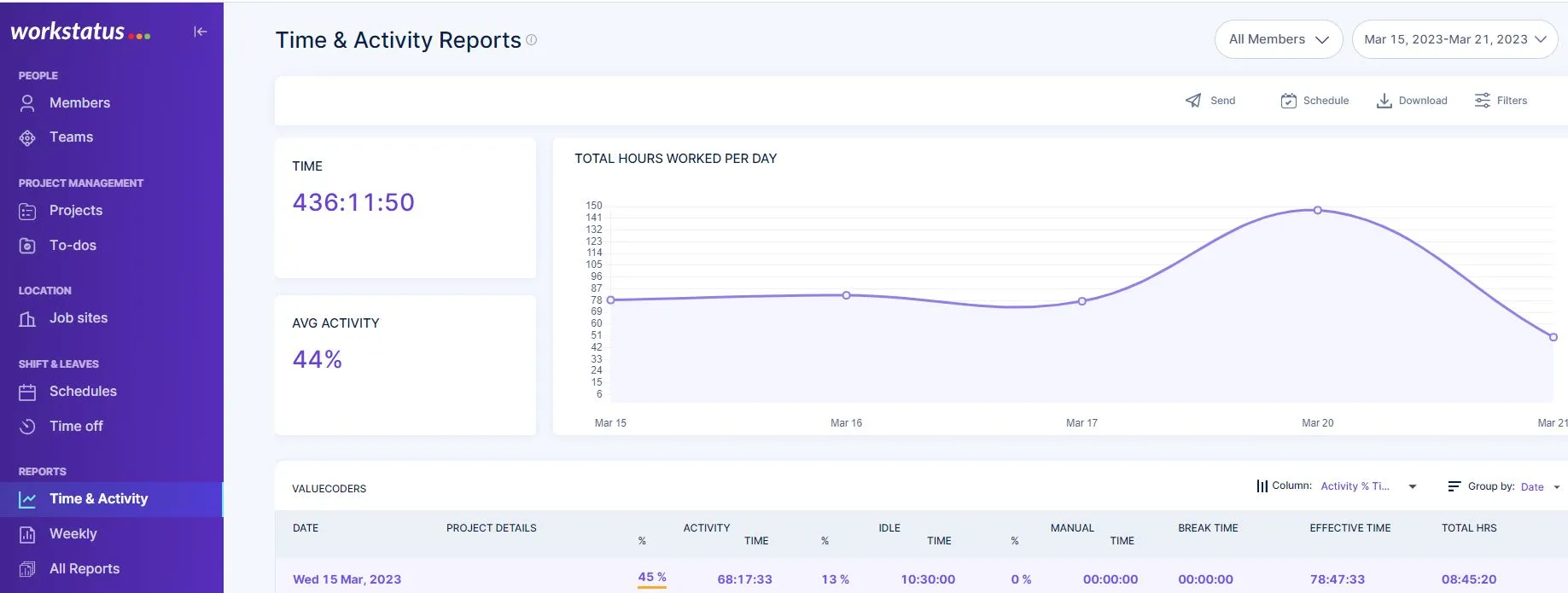
Workstatus offers analytics features that can provide insights into your productivity and performance.
Use this data to optimize your schedule and identify areas where you can improve.
At last, by using employee scheduling software like Workstatus, you can prioritize your work more effectively, increase productivity, and achieve better results for your business.
Get Started>>
Closing Thoughts
Since we have discussed in detail how employee scheduling software can help you prioritize your work and keep things running smoothly, You now have a good hold over prioritizing your task.
The software will not only save time by allowing you to schedule events on your computer or mobile device, but it will also save money by helping avoid costly mistakes like missed deadlines.
Plus, it can help you keep track of all your employee’s workloads, so everyone is assigned their highest-priority task at any given moment to maximize work efficiency and productivity.
So why delay now? Start prioritizing your task from today to reap maximum benefits.
FAQs
1. What are the benefits of using scheduling software to prioritize work?
Scheduling software can help you identify the most important tasks, estimate the time required for each task, allocate resources, monitor progress, and adjust priorities as needed. This can increase your productivity, improve your time management, and ultimately lead to better outcomes for your business.
2. How can scheduling software help me manage my team’s workload?
Ans. Scheduling software like Workstatus allows you to easily create and manage schedules, track employee availability, and assign tasks to the right people. This can help you ensure that your team is working efficiently and that everyone’s workload is balanced.












